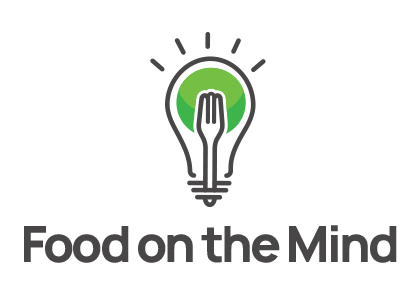Maybe you don't need another protein snack
It’s no secret I love protein. I love it’s role in building and retaining muscle, I love its effect on satiety, and I love that when people choose lean protein sources over hyperpalatable foods that are mostly fats and carbs they get the thermic effects as well. It’s that last bit that can get screwed up when we are overly focused on turning food into numbers.
“The protein leverage hypothesis predicts that humans prioritize protein when regulating food intake.” Basically, your body will attempt to get enough protein and will drive you to eat more in order to meet those needs. If we fail to focus on meeting our protein needs we will therefore turn to readily available foods filled with carbs and fats in order to meet those requirements. We then overconsume calories and, boom, weight gain.
The RDA is pretty clear that .8-1.0g/kg is what’s recommended for most people. This is going to be insufficient for anyone who is engaged in exercise. For those that resistance train and are in a caloric deficit, that number jumps to anywhere from 1.8-2.4g/kg in support of muscle retention/gain. That’s a huge swing. These upper levels may be beyond the protein leverage threshold and therefore won’t provide any increased satiety. Then why is it so rare to see fat gain from higher protein? I believe that it often is due to protein’s high thermic effect.
If we are consuming calories from lean protein sources, particularly animal sources, we are consuming calories that are inefficient to break down. It comes at a high cost to the system and, while a calorie is still a calorie, the ones from lean protein sources are much more “costly” than the equal amount from fats or carbs. When we supplement with “treats” we start to sabotage that mechanism.
Protein balls, pancakes, cookies and bars are all options to get protein in but at what cost? There’s not much of an energy requirement to digest whey or soy powder, the primary ingredient in treats. Therefore we aren’t going to get that thermic effect from a higher protein diet and likely won’t see any satiety effects at that level of intake either. On top of that, they likely are bringing with them a healthy dose of calories from fats and carbs as well, creating a hyperpalatable food source high in protein. Not necessarily a bad thing, depending on intent. But not necessarily a good thing either. So if you are using these treats to get protein numbers in, be aware that they might be working against you.
Protein is essential. The vast majority of people who are trying to improve their body composition through food intake are under-consuming protein. But trying to “hack” the system of protein leverage through mimicking our environment of hyperpalatable foods might not be the answer. At the risk of trumpeting an appeal to nature fallacy, I’ll still say it: eat your meat.
PMID: 22634200

